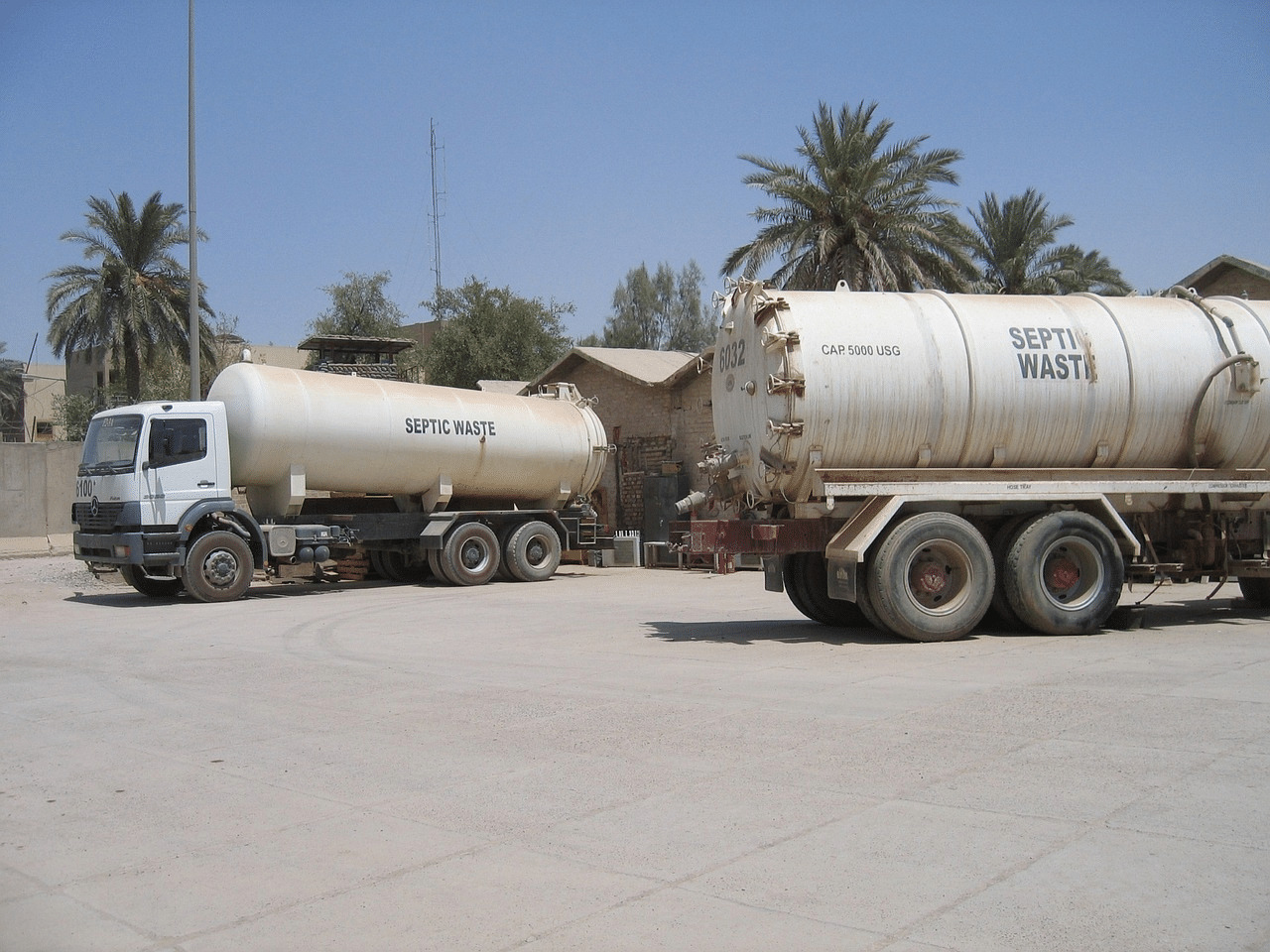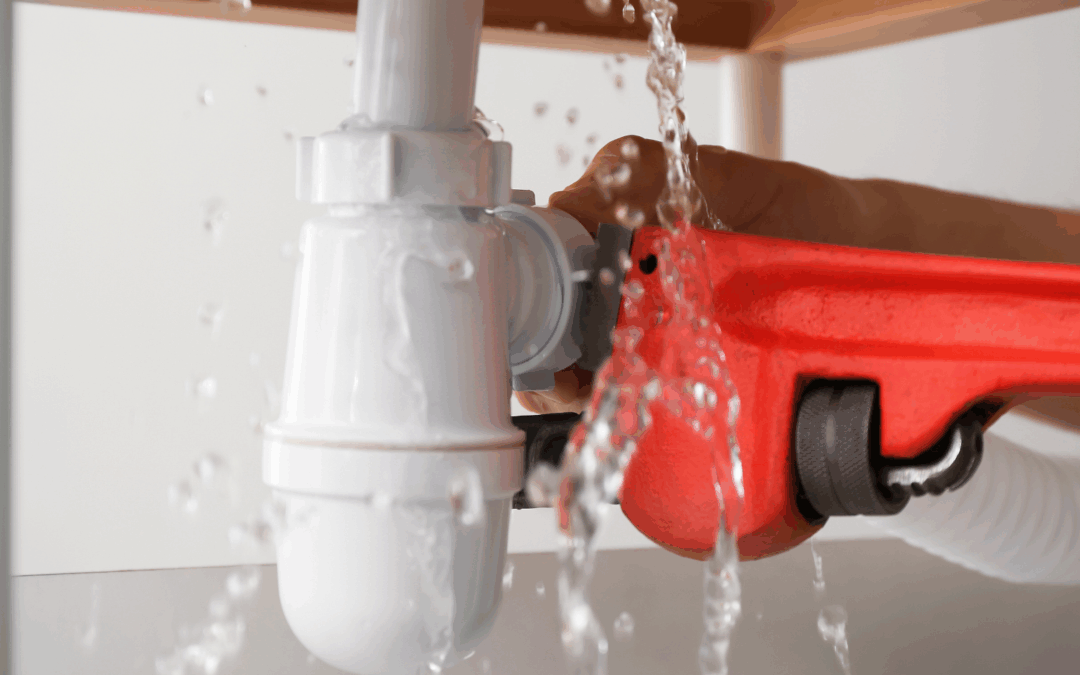Are you wondering how often to pump septic tank?
A septic tank is an underground wastewater treatment system that is commonly installed in homes and businesses.
Typically, septic tanks are made up of concrete, fiberglass, or plastic containers that hold and treat wastewater. They work by breaking down organic matter and filtering waste products before releasing the water back to the environment. However, the sludge and scum levels can accumulate over time, which can lead to clogged drain pipes and, foul odors, and even septic system failure. That’s why it’s important to have your septic tank pumped regularly.
Schedule Service Online
Get a free estimate so you know what you're signing up for
"*" indicates required fields
For Emergency Services Call: 410-255-9300
In this post, we’ll answer the common question of how often you need to pump your septic tank and provide you with some essential tips and general knowledge on how a septic system works.
What Are The Common Types Of Septic Tanks?
Septic tanks come in various types ranging from concrete, fiberglass, and plastic. Concrete is the most common material used for building septic tanks because of its durability. Plastic is often used for homes with lighter traffic. Fiberglass is the newest material used to construct septic tanks, and it is known for being lightweight and durable.
How Frequently Should You Pump Your Septic Tank?
The frequency of septic tank pumping depends on several factors. This can be tank size, household size, wastewater volume, and presence of a garbage disposal. t’s strongly recommended never to use a garbage disposal if you have a septic tank. As a general rule, it’s recommended to pump the septic tank every 3 to 5 years for a household with two or three people, with 1000-gallon tank capacity. However, a larger household or more frequent water usage and the need to treat household waste can lead to more scum and sludge levels . In this case, it may require more frequent septic pumping.
Signs That Your Septic Tank Needs Pumping
It’s essential to know the warning signs that your septic tank needs pumping to avoid costly repairs or replacements. Some common signs include slow drains, gurgling pipes, sewage backups, wet spots or foul odors in the yard, and lush, green grass near the septic system. If you notice any of these signs, it’s best to call a licensed septic professional to inspect and pump your tank.
How to Maintain Your Septic Tank
Apart from regular pumping, maintaining your septic system properly is crucial to prevent backups and prolong its lifespan. Some tips on septic tank maintenance include:
- Avoid flushing inappropriate materials such as grease or food waste, chemicals, wipes, and feminine hygiene products down the drain, do not pour cooking oil.
- Avoid chemical drain openers.
- Avoid household chemicals.
- Conserving water usage.
- Avoid using a garbage disposal if possible.
- Scheduling regular inspections and pumping by a licensed professional.
What Are The Benefits Of A Septic Tank?
- Septic tanks are environmentally friendly and sustainable as they release clean water back to the underground water reserves.
- It’s cost-effective. In areas where the sewerage systems are unavailable, it is a cost-effective option for managing household waste.
- Additionally, septic tanks are relatively low maintenance, and with regular servicing, they can last up to 20 years.
What Are The Consequences Of Neglecting Your Septic Tank?
Neglecting your septic tank can lead to several unpleasant and dangerous consequences, such as sewage backups, health hazards, environmental pollution, property damage, and costly repairs or replacement.
Not to mention, failing septic systems can affect the value of your property and pose a risk to your family and community. A garbage disposal may not be a great idea if you have one, and disposing of food waste is not recommended. That’s why it’s essential to take maintenance seriously.

Choosing the Right Type of Septic Tank
Homeowners who live in rural areas, away from the reach of public sewer systems, must depend on septic tanks to manage their wastewater. With so many types of septic systems available in the market today, choosing the right one may seem daunting, remember it’s not recommended to use garbage disposals if you have a septic system.
The type of septic tank and septic tank size you install can significantly impact the effectiveness of the system and the lifespan of your property’s sewage infrastructure. Here is a quick guide to help you choose the right type.
- Conventional septic tanks: A conventional septic tank is the most commonly used type of septic system. This is typically a two-chambered tank that separates solid and liquid wastes. The solids sink to the bottom while the liquid waste goes through a filtration system before exiting into drain fields. Conventional septic tanks are suitable for houses with fewer than five bedrooms. They require regular maintenance and yearly pumping to prevent clogging.
- Alternative septic tanks: Alternative septic systems are designed to handle higher quantities of waste than conventional systems. These are useful for larger households that require more wastewater treatment. The alternative septic tanks use aerobic bacteria to break down bacteria, making them perfect for properties with insufficient soil space for proper drainage.
- Mound septic systems: The mound septic system is an above-ground system designed for homes with a high water table or soil concerns. A mound system can be composed of traditional septic tanks, pump tanks, and artificial filter media to make sure that the water treatment process is complete before it makes its way back into the environment.
- Sand filter systems: Sand filter systems are more expensive than traditional septic systems but have a higher wastewater treatment level. Sand filter systems work by passing the wastewater through several layers of sand, gravel, and other media for additional filtration purposes.
- Aerobic treatment systems: Aerobic treatment systems are top-of-the-range septic systems that use oxygen to aid in breaking down waste. These systems use an oxygen-rich environment to break down waste and are typically used in commercial properties that require heavy wastewater treatment. Aerobic septic tanks require electricity to operate, so they’re more expensive and difficult to maintain, but they’re proven to be more effective when it comes to treating wastewater.
Selecting the right type of septic system is vital to the proper treatment of wastewater from your property. With so many different kinds of septic systems, it can be a little overwhelming to choose the right tank for your needs.
Choosing a conventional septic tank is perfect for smaller homes, while an alternative septic system is great for larger households that produce more waste. Mound septic systems are designed to combat soil challenges, while sand filter systems work best in high-performance wastewater treatment. Finally, if you need an industrial-strength system, you should choose an aerobic treatment system. With all the options available, you’re sure to find a septic system that will work for your property. Be sure to know the limitations of other system like a garbage disposal that’s not recommended to use with septic tanks.
The Evolution of Septic Systems: A Look Back in Time

Septic tanks have come a long way since the first septic tank was invented in the late 1800s. Over time, septic tanks have evolved and improved to become the efficient waste management systems we have today. But how did septic tanks change over time?
Before the invention of the septic tank in the late 1800s, waste management was a challenging and unsanitary task. The early septic tank used simple pit latrines, which were little more than a hole in the ground. Waste was stored in the pit, and over time, the waste would break down and be absorbed into the soil. However, these early systems were not very effective at treating waste, and often resulted in groundwater contamination and unpleasant odors.
The next major innovation in the septic system came in the form of the septic tank. The first modern septic tank was invented in 1881 by a Frenchman named Mouras. The tank was made of concrete and had two chambers. Wastewater flowed into the first chamber, where solids settled to the bottom and liquids floated to the top. The liquid then flowed into the second chamber, where it was further treated by bacteria before being discharged into a drain field. This new septic tank was a significant improvement over the pit latrines, as the septic tank was more effective at treating wastewater and reducing groundwater contamination.
In the early 1900s, the septic system continued to evolve. Designers began to experiment with different materials for a septic tank, including steel, fiberglass, and polyethylene. These new materials allowed for greater flexibility in septic tank size and design, as well as increased durability and longevity. Additionally, designers began to incorporate distribution boxes and drain fields into the septic system, further improving their effectiveness.
In the mid-1900s, new technologies were introduced that revolutionized the septic system. One of the most significant innovations was the use of aerobic treatment units. These units use a combination of bacteria and air to break down and treat wastewater. Aerobic treatment units are highly effective at removing pollutants from wastewater, and can significantly reduce the size of the drain field needed for a septic system.
Today, septic tanks continue to evolve and improve. Many new septic tanks incorporate advanced technologies like ultraviolet disinfection, which uses UV light to kill harmful bacteria in wastewater. Additionally, many modern septic tanks feature real-time monitoring and remote access, allowing homeowners to track their septic system’s performance and receive alerts if any issues arise.
How to Find a Reliable Septic Tank Professional
When it comes to having your septic tank pumped, or maintenance, it’s crucial to hire a licensed and experienced professional who follows proper procedures and standards.
You can ask for referrals from neighbors or friends, check online reviews or ratings, and verify their license and insurance. A reputable septic professional should also provide you with a detailed report and maintenance schedule after each pumping.
Remember, regular septic tank pumping, replacement of the septic tank filter, and maintenance are critical to keeping your septic system functioning correctly and reducing the risk of costly and hazardous issues.
By following the tips mentioned above and hiring a licensed professional, you can ensure the longevity and efficiency of your septic tank and septic system.
MD Sewer And Plumbing is Here for All Your Plumbing and Sewer Needs!
If you suspect any signs of septic system trouble, or think you need a septic pumping, don’t hesitate to reach out to us at MD Sewer And Plumbing. We can identify the problem and get it repaired quickly and reliably. We also provide free estimates. Call us today, or book services online here! With proper care, your septic system can last up to 30 years or more.




